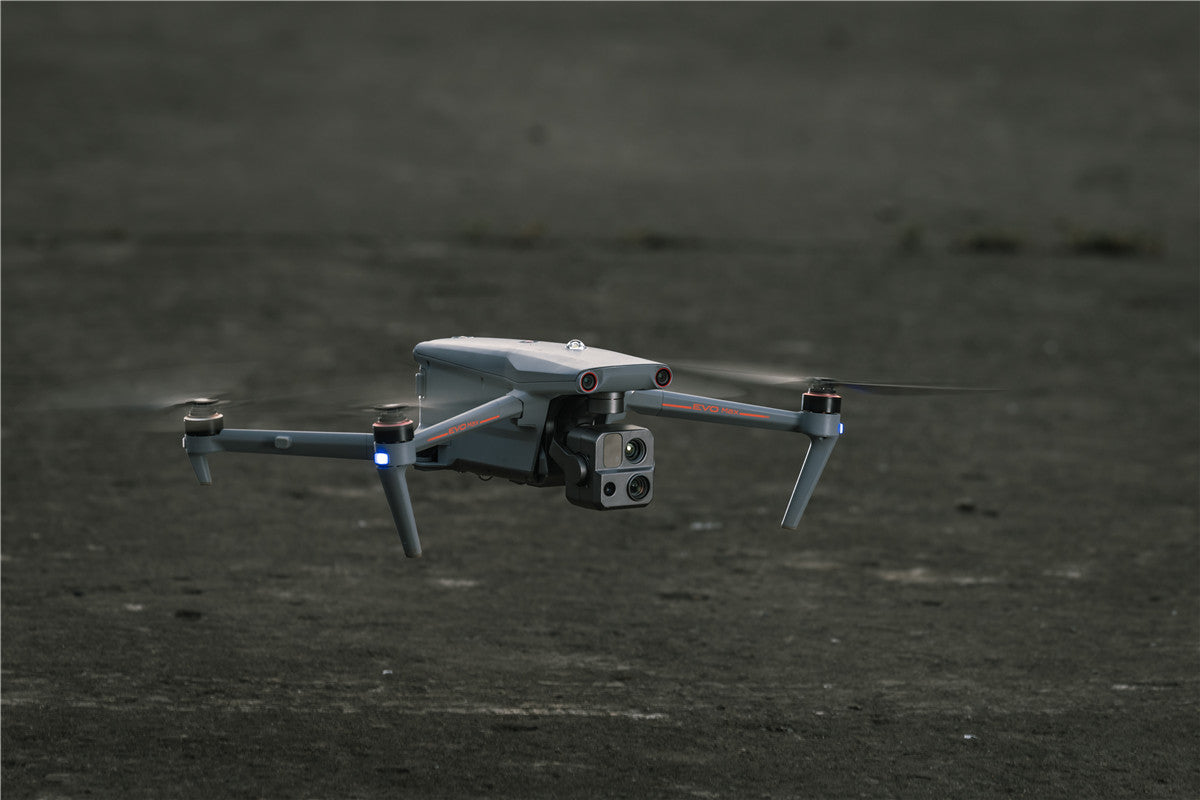Automated drones are already an important direction of drone innovation. The development of autonomous drones will enrich drone mission execution functions, provide important help to all walks of life, and reshape our lives.
What are automated drones?
Automated drones, as the name suggests, refer to advanced technologies that enable drones to complete specific tasks autonomously without human intervention.
Such drones use technologies such as sensors, artificial intelligence (AI), machine learning, and big data analysis to achieve functions such as autonomous navigation, mission planning, and data collection. Automated drones not only improve operational efficiency, but also reduce human errors and are more adaptable. They are an important development direction of modern drone technology.

Are there autonomous drones?
Obviously, autonomous drones are pre-programmed flight plans with pre-determined routes and actions, generally without special human intervention. The more autonomous the drone is, the more efficient the tasks it can complete.
Some leading drone manufacturers such as DJI, Autel Robotics, and Skydio have launched autonomous/semi-autonomous drones for efficient, accurate, and autonomous mission execution, reducing the need for drone operators.
Multi-rotor drones are more advantageous for drone missions due to their good maneuverability and stability, such as the Autel MAX series and Autel Nest combination.

Some fixed-wing drones and hybrid drones are also fully used for remote missions due to their strong power and long endurance. As a tilt-rotor drone, the Autel Dragonfish series combines the characteristics of fixed-wing drones and multi-rotor drones. Autel Robotics has also specially created the Autel Dragonfish Nest for it, which is suitable for all-weather missions.
Boxed autonomous drones are an important manifestation of drone automation solutions. DJI Dock, Skydio Dock, Autel Nest, etc. can provide drones with take-off, landing, charging, and task release behaviors, allowing drones to fully automate instructions without the participation of a large number of people.
What are the applications of automated drones?
Automated drones are widely used in various industries, and autonomous drones are inseparable from powerful autonomous programming software and platforms. In consumer drones, common drone autonomy is reflected in drone obstacle avoidance and drone return. In the industrial field, drone autonomy can achieve more and more powerful functions.
Here, we will explain the automated drones in the industrial field.
Agriculture
In the agricultural sector, automated drones are widely used for crop monitoring, pesticide spraying and fertilization. Equipped with high-definition cameras and multispectral sensors, automated drones can collect data on crop growth status in real time and apply pesticides accurately, improving the efficiency and sustainability of agricultural production.
Logistics
Automated drones are increasingly used in the logistics industry. Companies use drones for automatic delivery of packages, especially in remote areas. Automated drones can automatically plan routes and avoid obstacles for fast and safe delivery.
Infrastructure monitoring
In terms of infrastructure monitoring, automated drones can be used to detect the structural safety of roads, bridges and buildings. Equipped with equipment such as thermal imaging and lidar, automated drones can conduct comprehensive monitoring, detect potential problems in a timely manner, and ensure public safety.
View More: Autonomous Drones Inspect Civil Infrastructure
Environmental monitoring
Automated drones play an important role in environmental monitoring. For example, in forest fire monitoring and water quality monitoring, automated drones can fly regularly, collect data and analyze it to help decision makers respond to environmental problems in a timely manner.
Emergency rescue
In emergency situations, automated drones can be quickly deployed for post-disaster assessment, material delivery and personnel search. Its efficient response capability and flexibility make it an important tool for emergency rescue.
View More: How does the autonomous drone EVO MAX 4T improve emergency response?
The future of automated drones
The future of automated drones is full of opportunities and challenges. With the continuous advancement of technology, its application scenarios will become more extensive, and the main trends include:
Intelligence
In the future, automated drones will become more and more intelligent, able to optimize flight paths, mission planning and data analysis by themselves through machine learning algorithms, and improve autonomy and efficiency.
Regulations and standardization
With the popularization of automated drones, governments will gradually formulate relevant regulations to ensure the safety and legal use of drones. This will promote the standardized development of the drone industry.
Integration and collaboration
In the future, automated drones will pay more attention to integration with other equipment and systems. For example, collaborative operations with ground robots, sensor networks and cloud computing platforms will improve overall operational efficiency.
Sustainable development
With the increase in environmental awareness, the application of automated drones in ecological monitoring and environmental protection actions will continue to expand, becoming an important tool to promote sustainable development.
Summary
Automated drones have shown great potential in various fields due to their efficiency, flexibility and precision. From agriculture to logistics, environmental monitoring to emergency rescue, automated drones are gradually changing the way we work and live. In the future, with the further development of technology and the continuous expansion of its applications, automated drones will play an increasingly important role in human society.








